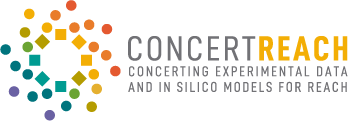Tools
Non-testing methods (NTMs) indicate grouping approaches, structure–activity relationship, and expert systems. LIFE CONCERT REACH project will integrate NTMs in a big network for REACH.
The network will be composed by VEGA the Danish (Q)SAR database, OCHEM for the insilico models, and for the read across workflow and data from the registered substances by ToxRead and AMBIT.
The first two platforms, together with the OECD QSAR Toolbox, have been used by ECHA to assess all preregistered substances to identify candidates for Annex III of REACH. VEGA has been used by German UBA to prioritize substance within the software PROMETHEUS. AMBIT provides read-across workflow and a searchable database of nonconfidential REACH dossiers, thanks to an agreement with ECHA. The network will integrate these platforms.

Using the VEGA platform you can access a series of QSAR (quantitative structure-activity relationship) models for regulatory purposes. Tens of QSAR models can be used to predict tox, ecotox, environ, and phys-chem properties of chemical compound, using information obtained from chemical structure.
ToxRead
ToxRead performs read-across of chemicals. It shows the similar chemicals, structural alerts and relevant features in common among chemicals.
VEGA and ToxRead (both within VEGAHUB) have been used by EFSA to show examples on how to integrate results of NTM in a weight of evidence strategy.
The Danish (Q)SAR Database includes estimates from more than 200 (Q)SARs from free and commercial platforms and related to physicochemical properties, ecotoxicity, environmental fate, ADME and toxicity.
(Q)SAR predictions for more than 600,000 chemical substances can be searched, sorting can be made on chemical similarity, and profiles of individual substances can be downloaded.
The AMBIT system consists of a database including more than 450.000 chemical structures and REACH dataset of 14.570 substances.
Users can search and access a wide range of existing information and prediction about a chemical.
Several in silico prediction models (e.g. Toxtree) are integrated in AMBIT. Molecular descriptors and structure alerts can be generated with this tool. The import and export function is enhanced in AMBIT, which allows communication with a variety of additional prediction models such as knowledge-based expert systems for toxicity and metabolism.
The OCHEM platform consists of a database with more than 1M chemical structures and 3M data points (for environment, toxicity and different biological activities) as well as a modeling framework incorporating many CPU and GPU based methods. All data are supported with evidences about the source of information, which is important for the use of data for regulatory purposes.
Users can search and access the existing information, predict multiple properties for new chemicals as well as calculate more than twenty types of descriptors.
The import and export function allows to upload new data or export existing information for off-line modeling. Alternatively, models can be developed and published on the project web-site thus allowing their wide dissemination to the research community. More than 150 models which were contributed by different groups are available on the web site.
While OCHEM can be accessed completely anonymously, the registration allows the users to access more functionalities, such as data upload and model publishing. Currently OCHEM has more than 7000 registered users.
